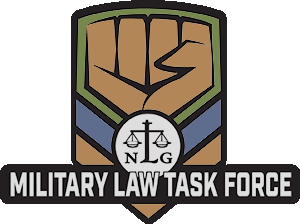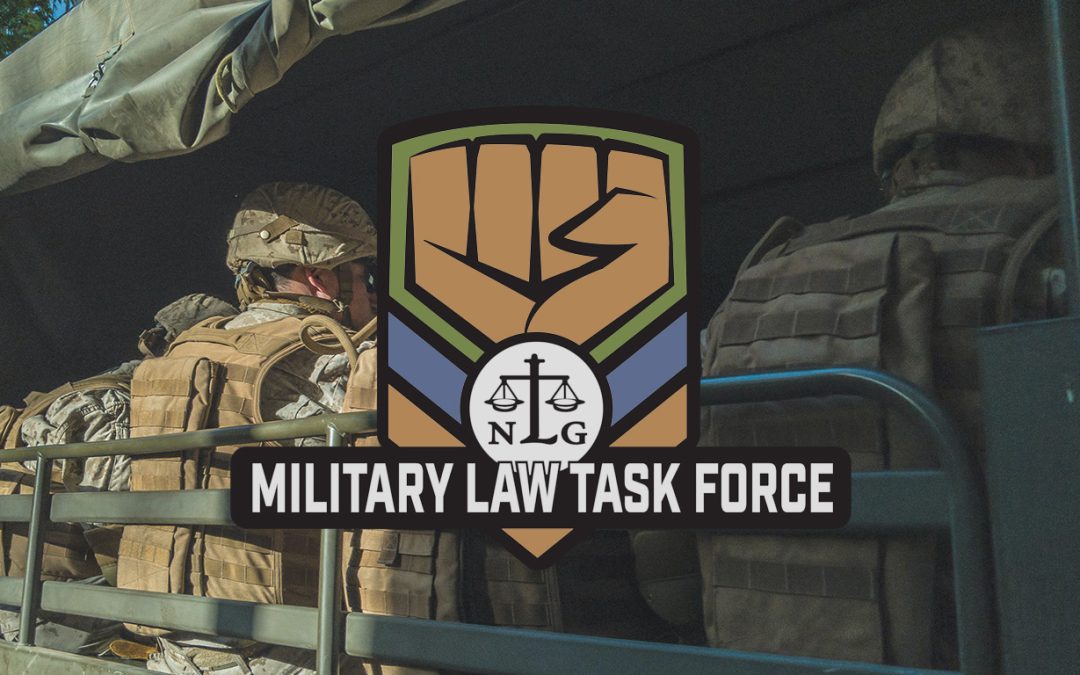By Teresa Panepinto
Each branch of the military has at least one reserve force; they are the Army National Guard, the Army Reserve, the Naval Reserve, the Marine Corps Reserve, the Air National Guard, the Air Force Reserve, and the Coast Guard Reserve.
There are several different kinds of reserve components within each of these branches. Specifically, the Reserve forces of the U.S. military are composed of: The Ready Reserve . Members of the Ready Reserve are liable for active duty service, according to 10 USC §§ 10142, 12301, 12302. The Ready Reserve consists of:
- Inactive National Guard (ING). This is composed of Army National Guard (NG) personnel who are in an inactive status. While they are attached to a specific NG unit, they do not drill regularly. Please note that the Air National Guard does not have an ING program.
- Individual Ready Reserve (IRR). IRR members are not assigned to a unit and do not participate in regular drills, but members of the IRR can be involuntarily called to active duty. As the military faces personnel shortfalls, the IRR plays an increasingly important role in the military’s total force strength. The following article discusses the IRR in greater detail.
- Selected Reserves. Also sometimes called “Drilling Reserves.” Those individuals and units within the Ready Reserve considered to be “so essential to initial wartime missions that they have priority over all other Reserves.” These members receive pay, are required to participate in regular weekend drills (known as inactive duty training – IDT) and annual training, and are considered to be in an active status (which is different from being on active duty). The Selected Reserves consists of:
§ Selected Reserve Units
§ Individual Mobilization Augmentees (IMA’s) . IMA’s train on a part-time basis; their inactive duty training (IDT) is decided by reserve component policy and can vary from 0 to 48 drills a year.
§ Active Guard and Reserve personnel (The majority of Reserve clients that counselors and attorneys work with fall under this category.)
- The Standby Reserve. Those reserve members liable for active duty only as provided by 10 USC §§ 101511, 12301, 12306. These members are not paid, do not drill regularly, and do not belong to a unit.
- The Retired Reserve. This is composed of all reserve members who receive retirement pay, and those who are eligible for retirement pay but have not yet reached age 60 and are not members of the Ready or Standby Reserve.



